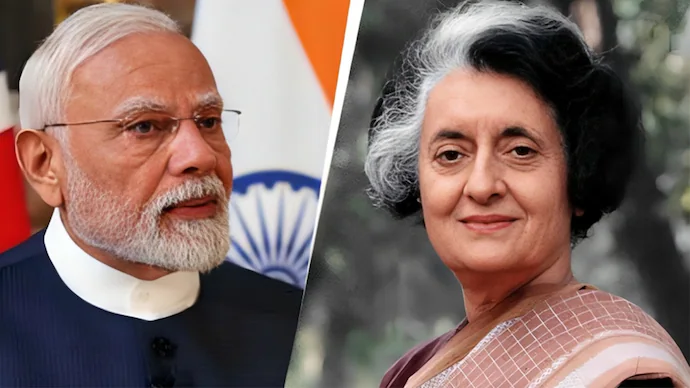Prime Minister Narendra Modi has officially become India’s second-longest serving Prime Minister in a continuous term, surpassing the record set by Indira Gandhi nearly five decades ago. As of July 25, 2025, Modi has completed 4,078 consecutive days in office—an unprecedented feat for a non-Congress leader.
A Historic Political Milestone
Modi, who first assumed office on May 26, 2014, has now eclipsed Indira Gandhi’s uninterrupted tenure from January 24, 1966 to March 24, 1977. This achievement marks a significant milestone in modern Indian political history, placing Modi behind only India’s first Prime Minister, Jawaharlal Nehru, who served continuously for 16 years and 286 days until his death in 1964.
Modi’s leadership, marked by three successive electoral victories in 2014, 2019, and 2024, reflects not only political dominance but also enduring public support across a sharply polarized electorate.
From Gujarat to Delhi: A Career Defined by Longevity
Before becoming Prime Minister, Narendra Modi served as the Chief Minister of Gujarat from 2001 to 2014. With a political career that spans over two decades in executive office, Modi is now India’s longest-serving Prime Minister from outside the Congress party and the first born after Independence to occupy the nation’s highest executive post.
His record of longevity is unmatched in the BJP and stands as a testimony to his central role in reshaping the party into a national electoral juggernaut. Over the years, Modi has consolidated power, reshaped India’s global diplomacy, overhauled welfare delivery, and increasingly centralized decision-making within his office.
Political Legacy and the Road Ahead
As Modi enters the latter half of his third term, questions loom about the direction of his political legacy. With national elections due in 2029, and speculation about leadership succession within the BJP, Modi’s sustained popularity and control over governance suggest he could surpass Nehru’s record if he remains in power for another year.
Political observers note that Modi’s tenure has been characterized by transformative yet controversial policies—from demonetization and GST implementation to the abrogation of Article 370, and a strong tilt toward nationalist rhetoric.
A Comparison of Tenures
| Prime Minister | Consecutive Days in Office | Period |
|---|---|---|
| Jawaharlal Nehru | 4,131 days | Aug 15, 1947 – May 27, 1964 |
| Narendra Modi | 4,078+ days | May 26, 2014 – Present |
| Indira Gandhi | 4,077 days | Jan 24, 1966 – Mar 24, 1977 |
While Modi’s position in the record books is now secure, the coming years will determine whether his influence endures beyond numbers and into lasting institutional legacy.


